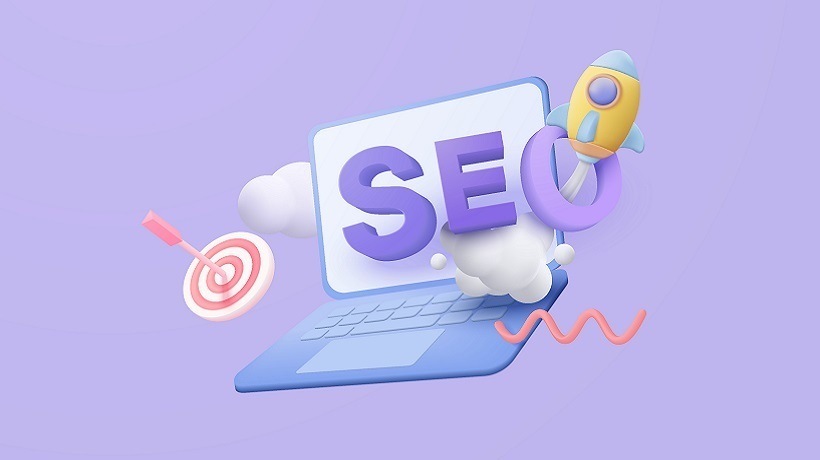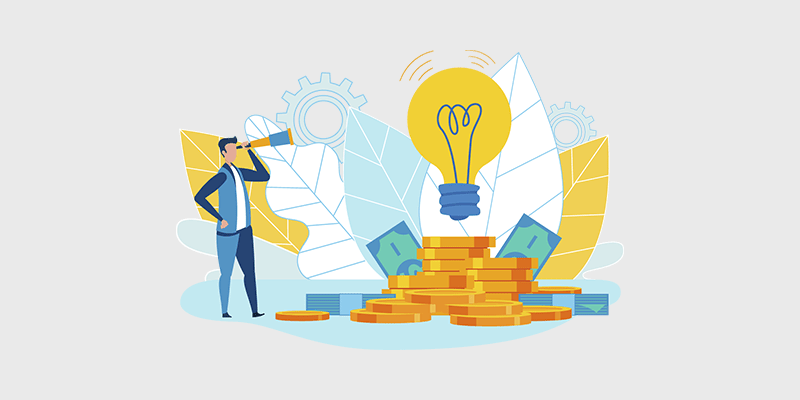In the world of digital marketing, Google Ads stands as a powerful tool for businesses to reach their target audiences and drive results. To unlock the full potential of this advertising platform, it’s essential to understand and master its primary elements. In this article, we will delve into the five key components that can lead to success with Google Ads, helping you maximize your ROI with effective setup and Google ads management strategies.
Keyword Research and Selection
Effective keyword research involves identifying the terms and phrases that potential customers are likely to use when searching for products or services related to your business. Using tools like Google’s Keyword Planner, you can discover high-performing keywords and strike a balance between search volume, search intent, and competition.
Strategic keyword selection ensures that your ads appear when users search for relevant terms, increasing the likelihood of clicks and conversions. It’s crucial to continuously refine and expand your keyword list and your negative keyword list. Negative keywords are vital if you are using many broad-matched terms commonly found in conjunction with smart campaign bidding.
Compelling Ad Copy
Crafting persuasive ad copy is an art form that directly influences your click-through rates (CTR) and conversion rates. Each ad should be concise, relevant, and tailored to the specific keywords and audience you are targeting. Highlight unique selling points, benefits, and a clear call-to-action (CTA) to entice users to click on your ad.
Strive to achieve a high-quality rating for your responsive search ads. But don’t sacrifice the words that describe your offering and compel your audience to act.
A/B testing different ad variations allows you to identify which messages resonate best with your audience. Regularly refreshing your ad copy keeps your campaigns relevant and engaging.
Landing Page Experience
A seamless user experience doesn’t end with the ad click; it extends to the landing page. The landing page should deliver on the promises made in the ad and provide users with the information they need to take the desired action, whether it’s making a purchase, filling out a form, or signing up for a newsletter.
Ensure that your landing page is mobile-responsive, loads quickly, and has a clear and intuitive layout. Optimizing landing pages for conversions can significantly impact your Quality Score, a metric that influences your ad’s placement and cost. Higher quality scores can lead to a lower cost per click.
Bidding Strategy and Budget Management
Strategic bidding is essential for controlling costs and achieving optimal results. Google Ads offers various bidding options, including manual CPC (cost-per-click), automated bidding, and target CPA (cost-per-acquisition). Choose a bidding strategy aligned with your goals and monitor its performance closely.
Effective budget management involves allocating funds to high-performing campaigns and optimizing those that need improvement. Regularly review your campaign’s budget and adjust as needed based on performance metrics and seasonal fluctuations.
Smart Bidding vs. Manual Bidding: Unveiling the Key Differences
Google Ads offers advertisers different approaches to bidding. Each method has its advantages and considerations, making the choice between them crucial for the success of your advertising campaigns. The method you choose should be aligned to your overall goals.
Smart Bidding leverages machine learning and advanced algorithms to automate the bidding process. It uses a variety of signals, such as user behavior, device, location, time of day, and more, to optimize bids in real-time and deliver the best possible results.
Smart bidding offers a variety of different variations.
- Maximize Conversions: Maximize conversions uses Google’s AI to help get the most conversions for your campaign while spending your budget.
- Maximize clicks: works to get as many clicks as possible within the budget you set.
- Maximize conversion value: You define the value that you want to maximize, such as sales revenue or profit margins. Using your historical performance and evaluating the contextual signals present at auction-time, maximize conversion value bidding finds an optimal bid for your ad each time it’s eligible to appear.
- Target return on ad spend (ROAS): Google predicts future conversions and associated values using your reported conversion values, which you report through conversion tracking.Google Ads will set maximum cost-per-interaction (max. CPC) bids to maximize your conversion value, while trying to achieve an average return on ad spend (ROAS) equal to your target.
- Target cost per action (CPA): A strategy that sets bids for you to get as many conversions (customer actions) as possible.Some conversions may cost more than your target, and some may cost less, but altogether Google Ads will try to keep your cost per conversion equal to the target CPA you set.
- Enhanced cost per click (ECPC): An optional feature you can use with Manual CPC bidding, it will automatically adjust your manual bids to try to maximize conversions.
- tCPM Bidding (Target Cost Per Thousand Impressions): useful for branding, you pay per 1,000 impressions and not clicks. An effective way for a business to get seen online within a set budget.
Manual Bidding: Hands-On Control
Manual Bidding provides granular control and flexibility, catering to advertisers who prefer hands-on management of bids. With Manual Cost-Per-Click (CPC) bidding, you can set a maximum price on the cost of someone clicking on your ads.
Continuous Monitoring and Optimization
The digital landscape is dynamic, and successful Google Ads campaigns require ongoing monitoring and optimization. Regularly analyze key performance indicators (KPIs) such as CTR, conversion rate, and Quality Score. Identify underperforming keywords, ads, and landing pages and make data-driven adjustments to improve results.
Experiment with bid strategies, ad scheduling, audience targeting, and ad extensions to uncover new opportunities for growth.
Conclusion
By continuously refining your approach based on data-driven insights, you can achieve a strong return on investment from your Google Ads efforts. Remember, Google Ads is not a one-time effort; it’s an ongoing journey of refinement and adaptation to ensure your campaigns remain effective and competitive in the digital landscape.







Be First to Comment